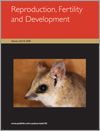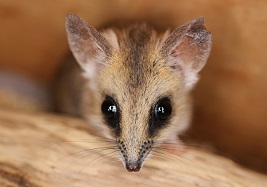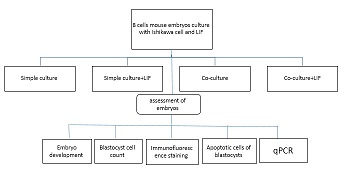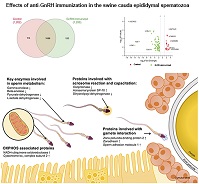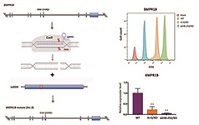Reproduction, Fertility and Development
Volume 32
Number 13 2020
Marsupials are experiencing devastating population declines across Australia. Exposure to environmental endocrine disruptors could be contributing to this decline. We exposed marsupials to atrazine (ATZ), an endocrine disrupting herbicide widely used in Australia. ATZ affected male development, reducing penis size and altering gene expression in the testis. Together, these data raise major concerns for the use of pesticides in areas with fragile marsupial populations.
Fat-tailed dunnarts Sminthopsis crassicaudata are small, commonly found, insectivorous marsupials (dasyurids) that inhabit much of Australia. Fat-tailed dunnarts have been used for decades as a common laboratory animal model species for endangered dasyurid species. In this study we investigated the potential effect of daily handling to evaluate indicators of female reproductive status to determine the optimal time for pairing with a male. Daily handling did not affect the successful production of young, and handling for oestrus detection may be useful to help breed other dunnart species in captivity.
Blastocysts with higher αvβ3 integrin expression on their trophoblast cells have a higher implantation rate. This study assessed the effect of leukaemia inhibitory factor (LIF) on the expression of the αvβ3 integrin gene in mouse blastocysts. LIF increased αvβ3 integrin gene expression in blastocysts and improved the growth and cell count of blastocysts.
Secondary hypogonadism is an important endocrine disorder that may decrease libido, impair erectile function, induce muscle weakness, increase adiposity, depress mood, decrease vitality and cause infertility. This study investigated the effects of secondary hypogonadism on the protein profile of epididymal spermatozoa in a swine model. Secondary hypogonadism induced significant changes in the proteome profile of epididymal spermatozoa, altering the abundance of key proteins involved in sperm metabolism, protection and fertilisation.
The FecBB mutation can increase the ovulation rate and litter size and has been identified in a hyperprolific sheep breed. However, the exact mechanism of the action of the FecBB mutation on female fertility remains to be clarified. By using genome editing technology, we have introduced the FecBB mutation into a human granulosa cell line for functional analysis of this mutation, providing new insights into the mechanism of action of the FecBB mutation on female fertility.
Early pregnancy in the mare is a critical period that depends on a balance between hormonal regulation, adequate composition of endometrial secretions and signalling exchange. Failures in these mechanisms may cause gestational disorders and early embryonic loss. This study determined that equine conceptus development is impaired in response to low progestin concentrations in the early postovulatory phase. This condition may contribute to pregnancy loss during subsequent stages of pregnancy.



